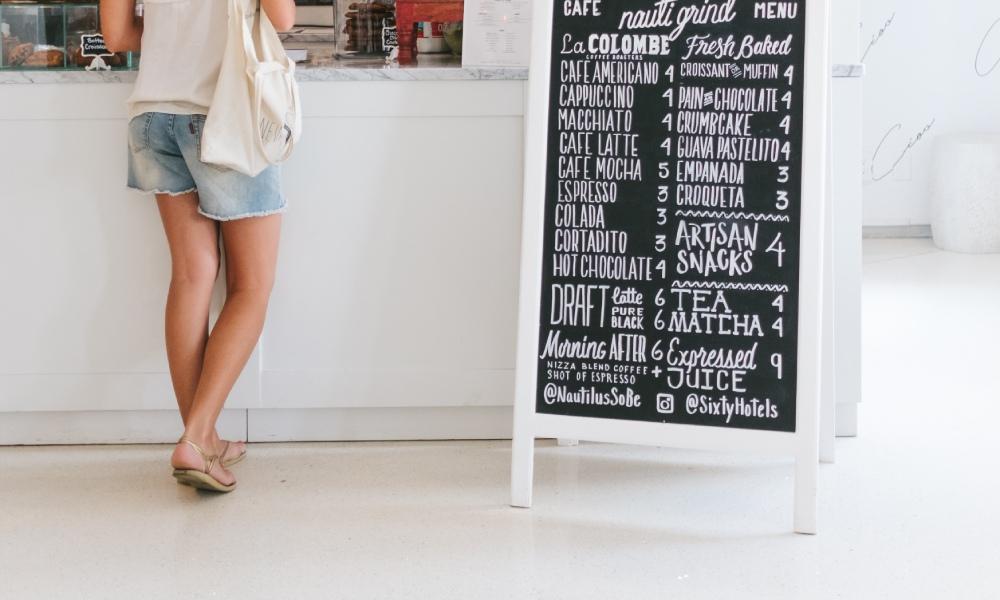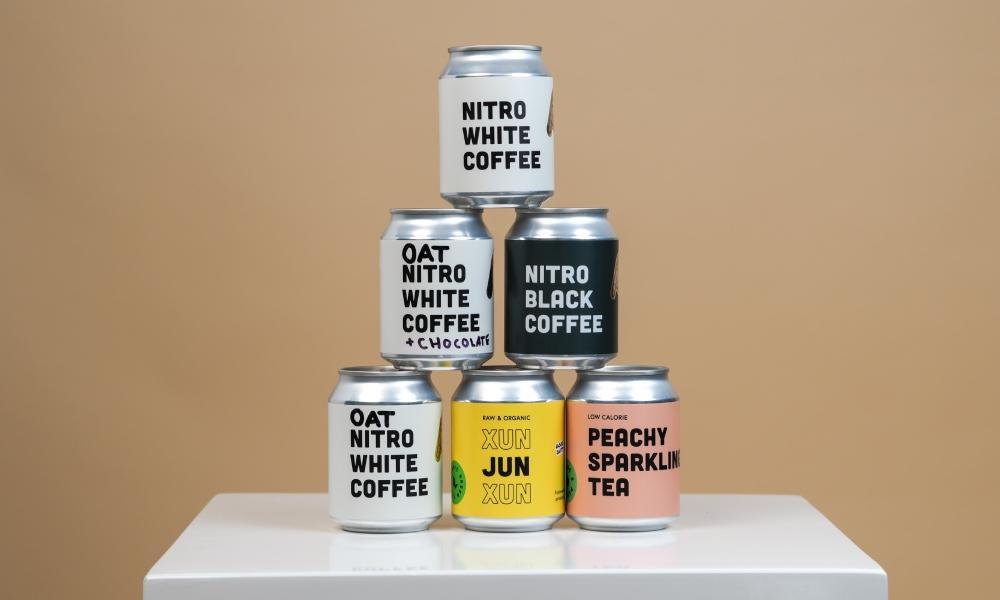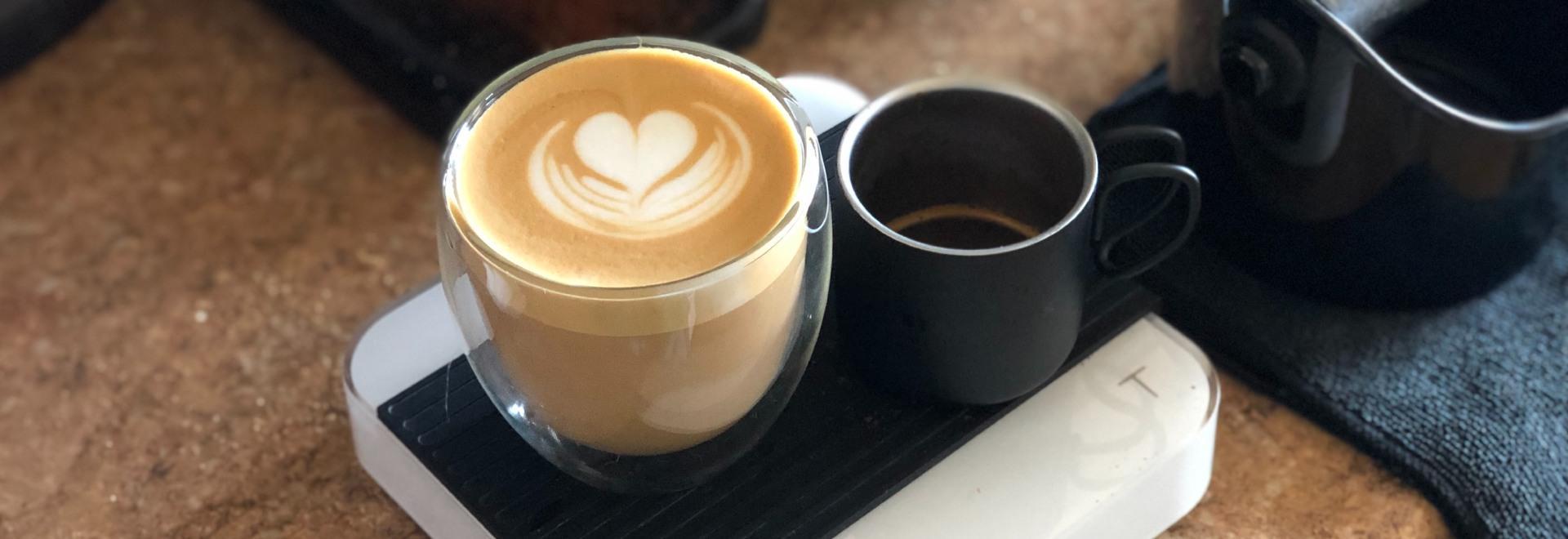Will inflation put an end to the premiumisation of coffee?
Jordan Montgomery speaks with Alexander Nagy about the effects of inflation – and how it may impede the premiumisation of coffee across the globe.
When Starbucks launched its first Reserve Roastery in Seattle in 2014, it marked a new era for the US coffee giant.
Having pioneered a “premium” coffee culture more than four decades before, Starbucks had trickled down the pecking order, becoming mainstream and, some would argue, losing touch with the demands of modern-day consumers.
The arrival of the Reserve Roastery – a 15,000 square ft space offering the company’s small-lot Reserve coffees – was a statement of its return to the forefront of the premium coffee sector. However, it also signalled a widespread trend that had been underway long before the roastery’s opening: the premiumisation of coffee.
In recent years, premiumisation has become a defining characteristic of the coffee market, from craft instant coffee to specialty ready to drink cans.
Driven by the rapid expansion of specialty coffee brands, upscale cafes, and a growing appreciation for revered coffee varieties, a new breed of consumer has emerged – one that values a combination of luxury, quality, and convenience. And any business that fails to adapt to this new customer profile – even one as big as Starbucks – risks falling by the wayside.
According to Michael Schaefer, Global Lead of Food and Beverage at market analysis firm Euromonitor International, the rise of premiumisation can be attributed to the growing quality of coffee products available both in cafes and for home consumption.
“Coffee shops are the gateway to high-end coffee and have helped people develop a taste for it,” Schaefer explains. “This is at the heart of premiumisation, from the coffee itself to the packaging.”
For Schaefer, premiumisation is primarily about providing a “craft-oriented experience” to a wider audience, often by making it more accessible for consumers to recreate at home. “Convenience and accessibility are important, but successful brands also offer quality, expert knowledge, and a unique product story,” he notes.
However, with inflation at near 40-year highs, some believe the premiumisation of coffee trend is about to be ground down.

The cost of inflation
In 2021, the Specialty Coffee Association (SCA) reported that for all the damage it inflicted, Covid-19 could not halt the premiumisation of coffee. Growing interest in the Asian market and large investments in producing countries in particular helped keep the trend alive.
However, amid rising inflation across the globe, some believe that coffee’s premiumisation is threatened by the willingness – or sheer financial capacity – of consumers to purchase premium products.
Indeed, in a recent interview with Reuters, executive director of the International Coffee Organisation (ICO), Vanusia Nogueira, warned of the impact of inflation on consumer behaviour. Specifically, she predicted changes in the quality and style of coffee consumption to accommodate increasing prices.
Furthermore, inflation and rising costs across the coffee supply chain appear to be affecting the decisions of not only consumers, but also roasters and wholesalers. Rising overheads, combined with meteoric fluctuations in green coffee prices are now motivating business owners to find cheaper alternatives.
Alexander Nagy is a judge for international coffee competitions and the co-owner of black, a roastery in Slovakia. He believes that coffee businesses will need to start making more informed purchasing decisions in order to preserve the premiumisation of coffee in the short to medium term.
“I think the biggest challenge [with inflation] will be coffee shops, which are really setting a high bar serving high quality beans – they will start to be more careful about their buying approach,” he says. “Every sustainable business I know is super tight on budgeting and cost efficiency. The problem with specialty coffee is that we’ve set the bar for pricing very low. Now we are starting to face the consequences: our customers are not willing – or are not able – to pay a sustainable price for coffee.”
Despite this, increasing costs haven’t deterred coffee businesses from creating more premium products – in fact, many are using premiumisation to enlarge their market share. Starbucks CFO, Rachel Ruggeri, recently suggested that creating more premium products is actually key to increasing footfall at the chain’s locations.
“As we create more premium beverages, that’s more difficult for customers to replicate at home and we think that helps with the concept of trade down,” she told CNBC. “It may mean that maybe a customer doesn’t come as frequently, but we want to ensure that we have reasons for the customers to come into the stores and interact with us.”

Offering premium coffee through turbulent times
From wage hikes to raw material and energy price rises, many coffee businesses around the world have felt the pinch this year. In response, some have begun to incorporate lower-cost options such as robusta coffees or ditch their rare, micro-lot coffees in favour of slightly cheaper alternatives.
However, despite the challenges of inflation, most coffee businesses are still determined to deliver premium coffee without sacrificing quality. In this case, it is more about the way in which the coffee is delivered rather than the coffee quality itself.
For example, specialty RTD coffee products have become an increasingly common addition to coffee shop shelves, providing a quick and simple way to serve coffee to a wide range of customers. Superautomatic coffee machines also offer benefits to not only cafés, but also hotels, service stations, and airport lounges. As well as lightening the load when it comes to serving a high number of customers, they also provide consistently high-quality cups of coffee.
As the industry responds to inflationary pressure, some worry that the role of the barista is in jeopardy. Yet many business owners maintain that a big part of premiumisaton relies on creating a positive customer experience. And that means having the right people involved.
“You always cut first on whatever is the easiest, such as opening hour or refurbishing, your buying approach,” Alexander explains. “But while efficiency is also very important, there always needs to be a face behind your favourite product or business. So I think a compromise between automation and [your] overall approach has to be found.”
Like during the pandemic, the premiumisation of coffee is unlikely to stop. Instead, it will find new ways of adapting, whether it means better quality canned drinks or cost-effective equipment that provides great cups of coffee. After all, consuming coffee will always be an essential part of people’s day-to-day lives, whether battling a virus or grappling with rising costs.








